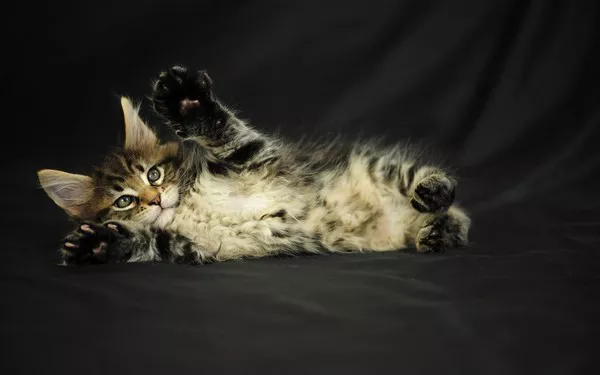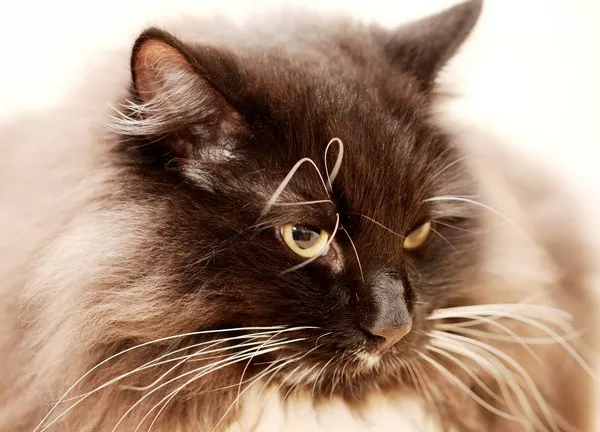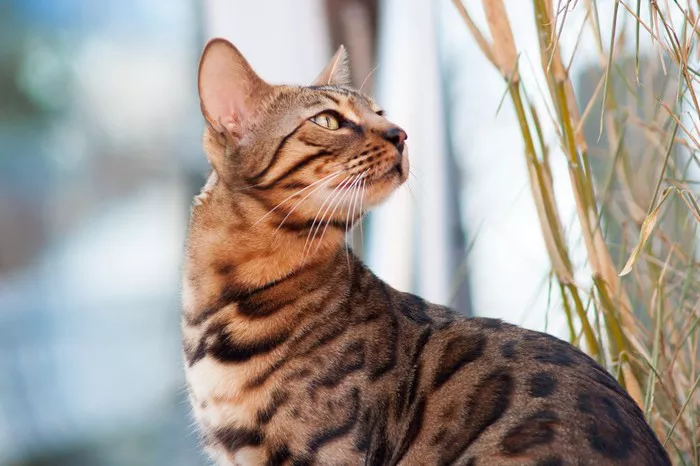In the world of domestic cats, few breeds command as much admiration and fascination as the Maine Coon. Renowned for their large size, tufted ears, bushy tails, and friendly demeanor, Maine Coons are beloved by cat enthusiasts around the world. However, one aspect of their care that often prompts questions from potential owners is their shedding habits. In this article, we delve into the shedding behavior of Maine Coon cats, exploring the factors that influence shedding and providing guidance on how to manage their grooming needs effectively.
The Origins and History of the Maine Coon Breed
Before delving into the shedding habits of Maine Coon cats, it’s essential to understand the breed’s origins and history. The Maine Coon is believed to be one of the oldest domesticated cat breeds in North America, with origins dating back to the 19th century in the state of Maine. While the exact origins of the breed are shrouded in mystery and folklore, it is widely believed that Maine Coons are descendants of domestic cats brought to the United States by early settlers, where they adapted to the harsh climate and rugged terrain of the Maine wilderness.
Over the years, Maine Coons gained popularity for their friendly disposition, intelligence, and striking appearance, earning them a devoted following among cat fanciers and pet owners. Today, Maine Coons are recognized as one of the largest and most beloved cat breeds, cherished for their gentle nature and affectionate demeanor.
Understanding Shedding in Maine Coon Cats
Like all cats, Maine Coons are natural shedders, meaning they regularly lose old or damaged hair to make way for new growth. Shedding is a normal and healthy process for cats, as it helps to remove loose and dead hair, maintain skin health, and regulate body temperature. However, the amount and frequency of shedding can vary depending on a variety of factors, including genetics, age, diet, and environmental conditions.
Maine Coon cats are known for their luxurious, semi-longhaired coats, which feature a dense undercoat and longer guard hairs. While their coats are not as prone to matting as some other longhaired breeds, Maine Coons still shed regularly, especially during seasonal changes. In general, Maine Coons tend to shed more heavily in the spring and fall, as their bodies adjust to fluctuations in daylight and temperature.
Factors Influencing Shedding in Maine Coon Cats
Several factors can influence the shedding habits of Maine Coon cats, including genetics, age, health, diet, and environmental conditions. Genetics play a significant role in determining the density and texture of a Maine Coon’s coat, as well as their propensity for shedding. Cats with thicker, denser coats may shed more heavily than those with finer, less dense fur.
Age can also affect shedding patterns in Maine Coon cats, with younger cats typically shedding more frequently than older cats. Kittens may experience heavier shedding as they grow and develop, while senior cats may shed less due to changes in hormone levels and metabolism.
Additionally, a Maine Coon’s overall health and diet can impact their shedding habits. Cats with underlying health issues or nutritional deficiencies may experience excessive shedding or coat problems, while cats fed a balanced diet rich in essential nutrients are more likely to maintain healthy skin and coat.
Finally, environmental factors such as temperature, humidity, and indoor/outdoor access can influence shedding in Maine Coon cats. Cats living in warmer climates may shed more heavily year-round, while those living in cooler climates may experience seasonal fluctuations in shedding. Indoor cats may shed less than outdoor cats due to reduced exposure to environmental allergens and parasites.
Managing Shedding in Maine Coon Cats
While shedding is a normal and natural process for Maine Coon cats, there are several steps that owners can take to manage their cat’s shedding and maintain a healthy coat. Regular grooming is essential for Maine Coon cats, as it helps to remove loose hair, prevent matting, and distribute natural oils throughout the coat.
Start by brushing your Maine Coon’s coat at least once a week with a high-quality cat brush or comb. Focus on removing loose hair from the undercoat and gently untangling any knots or mats. Pay special attention to areas prone to matting, such as behind the ears, under the arms, and along the belly.
During heavy shedding seasons, such as spring and fall, you may need to increase the frequency of grooming to two or three times per week to keep up with your cat’s shedding. Use a deshedding tool or grooming rake to remove excess hair and minimize shedding around the home.
In addition to regular grooming, providing your Maine Coon with a balanced diet rich in essential nutrients can help to support healthy skin and coat. Choose a high-quality cat food formulated specifically for longhaired breeds, and consider adding a supplement such as omega-3 fatty acids to promote skin and coat health.
Finally, maintaining a clean and comfortable living environment for your Maine Coon can help to reduce shedding and minimize allergens. Vacuum and dust your home regularly to remove pet hair and dander, and provide your cat with a comfortable bed or perch where they can relax and groom themselves.
Conclusion: Embracing the Majestic Maine Coon
In conclusion, Maine Coon cats are beloved for their friendly demeanor, striking appearance, and luxurious coats. While they are natural shedders, with proper care and grooming, Maine Coon owners can effectively manage their cat’s shedding and maintain a healthy, beautiful coat.
By understanding the factors that influence shedding in Maine Coon cats and implementing a regular grooming routine, owners can ensure that their furry friends look and feel their best year-round. With their gentle nature and affectionate demeanor, Maine Coons continue to capture the hearts of cat lovers around the world, earning their place as one of the most beloved and majestic cat breeds.


























